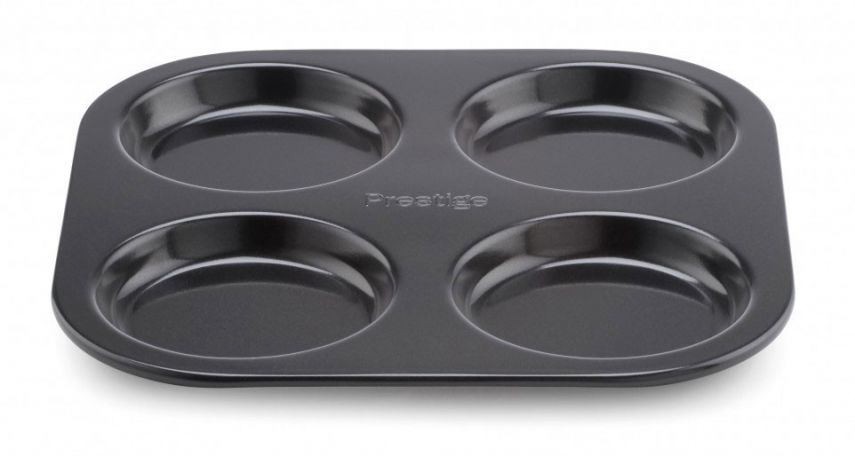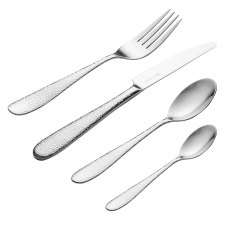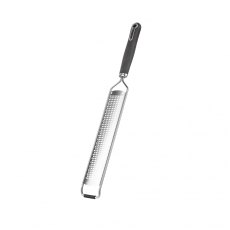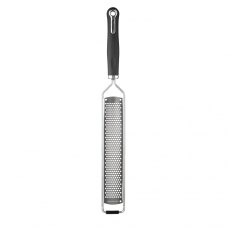All rise - for Yorkshire Pudding
It deserves respect. It’s a national favourite. It’s got history.
But here’s the thing. Yorkshire Pudding is controversial. Yes. Really.
It raises serious issues. Questions such as do you eat it before the main course? What about with the main course? Should it be eaten only with beef? And what about Yorkshire Pudding as a dessert?
Let’s deal with the history bit first. There’s certainly a recipe from 1737 for something called Dripping Pudding. It came from an idea created by cooks in the north of England. While they were baking cakes they would cook a batter pudding by making use of the fat that dropped into the dripping pan.
Ten years later, in 1747, Hannah Glasse published her book ‘The Art of Cookery’. Her recipe was pretty much the same, but she called it Yorkshire Pudding.
Despite some evidence that the Yorkshire Pudding was originally a sweet dish there seems little doubt that, in savoury terms, it was originally eaten before the main course. Why? Here’s the truth. The idea was that a Yorkshire Pudding and gravy, made with cheap ingredients, would dull the appetite of diners. It made them less likely to eat large amounts of the main, meat, course which was made up of expensive ingredients. You can see the sinking behind that!
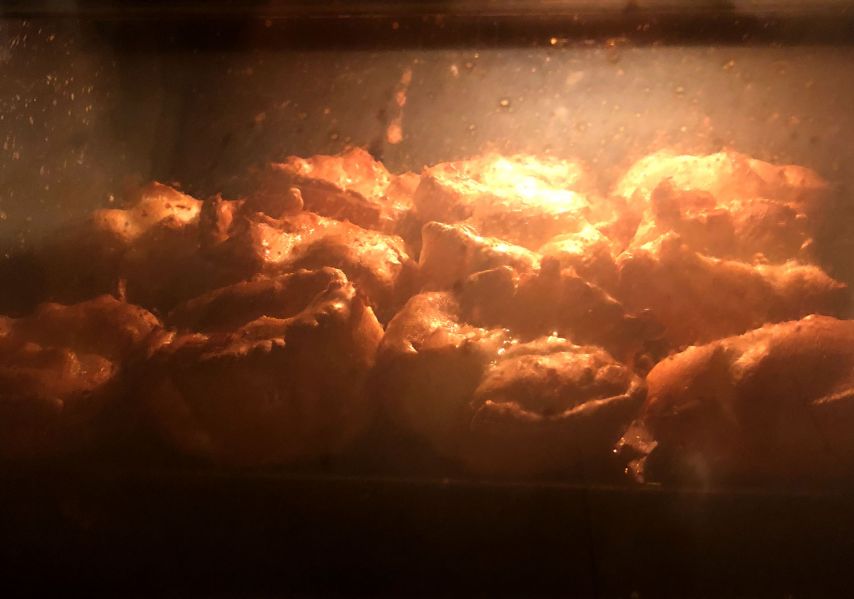
In really poor households the Yorkshire Pudding was served as the only course. Cheap to make and very filling it was the ideal solution.
Fast forward a couple of centuries and here we are with the Yorkshire Pudding fulfilling as important a role in society as ever. If you have a look through the cookery books or do a bit of Googling you’ll find that the recipe hasn’t changed much. We like this one, which is a classic -
Ingredients
2 heaped serving spoons of flour
2 eggs at room temperature
Milk and water mixed (even parts)
2 tbsp beef dripping
saltYou will also need a roasting tin which is suitable to be placed on the hob.
Method
Pre-heat the oven to 220C/425F/Gas 7.
Sieve the flour into a bowl and season with a little salt. Gradually add the milk and water mixture until a consistency of thick double cream is achieved. Leave to stand for at least an hour.
Just before putting in the oven, whisk two eggs (with an electric whisk if possible) and add to the mixture, whisking the batter until smooth.
To cook the Yorkshire pudding, remove the meat from the oven and turn the oven up to the above temperature. Spoon beef fat into the roasting tin and allow it to pre-heat in the oven. When the oven is up to temperature remove the tin and place it over direct heat until the fat begins to smoke. Pour in the batter. Tip it evenly all round and then place the tin on a high shelf in the oven and cook the Yorkshire pudding for 30 minutes or until risen, golden brown and crisp. Serve it cut into squares.
Some things have evolved. Using vegetable oils instead of meat juices for vegetarians is an option now for instance.
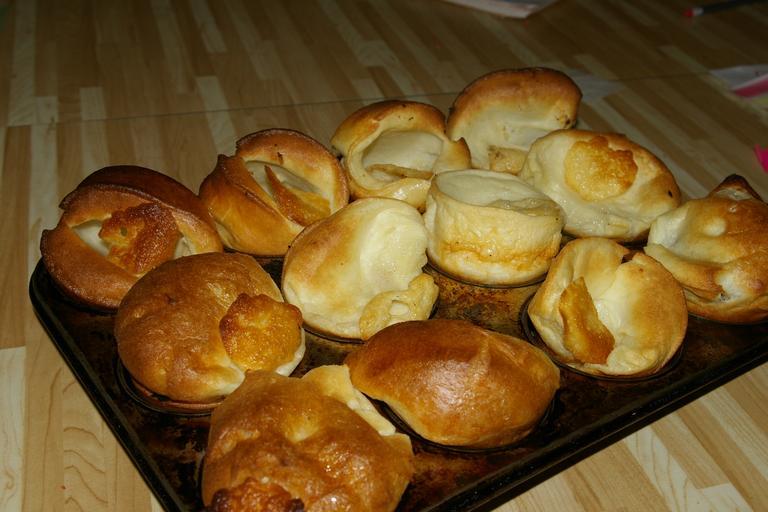
And rather than baking one large pudding to be cut into squares, the individual pudding is increasingly the norm. Our recipe still works, you just heat the fat, or oil, in each individual ‘cup’ or hole in the tin.
A good tin is essential. There are two we really like for individual Yorkshires.
The Prestige Inspire 4 Cup Yorkshire Pudding Tin is excellent. Made from seriously heavy gauge carbon steel it delivers exceptional heat conduction. It’s fridge, freezer and dishwasher safe. It’s non stick too.
Another option this Masterclass non stick 12 hole deep pan, dishwasher safe, heavy duty and offers the option to make even more yorkshire puddings for friends and famliy.
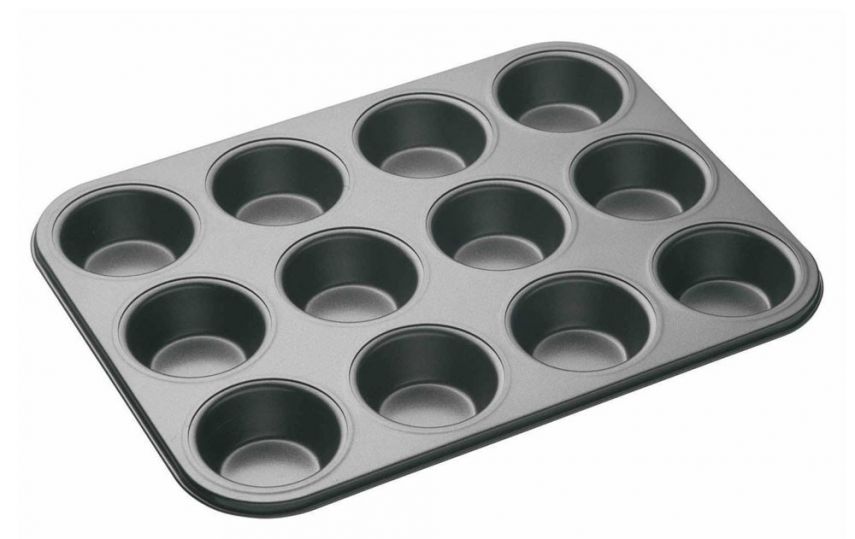
Having made the Yorkshires we come to those big questions. Before or with the main course? Most people now seem to prefer it with, but there are no hard and fast rules. Only with beef? Well, the purists would say yes, but frankly the rule book has been torn up.
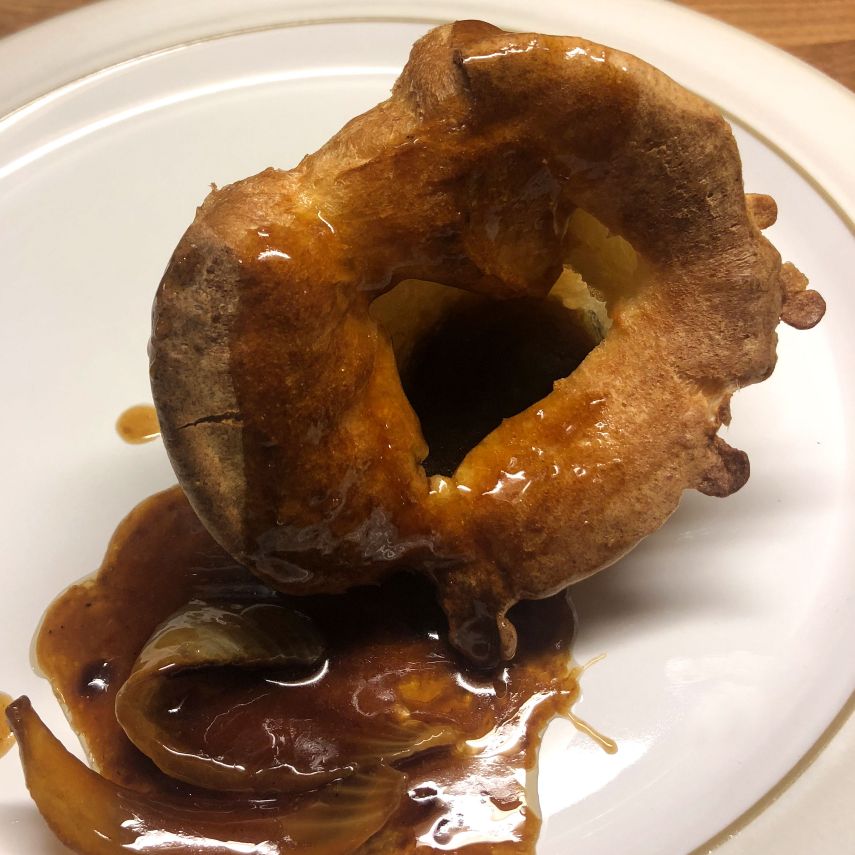
In fact, there are no rules. Serve it as a starter. Fill tiny Yorkies with beef and horseradish and serve them as canapes. Cook an entire main course inside a giant Yorkshire. You can even serve stew like that. Stick a sausage in there and you’ve got Toad in the Hole. Add it to any roast dinner main course and it’s the most perfect golden, gravy drenched comfort food - ever.
Then comes dessert. And still you can count on Yorkshire Pudding. (Why does that surprise you? It’s called pudding. Right?).
Goodness it’s versatile in the sweet course department. Have you tried it with ice cream and golden syrup? Or toffee sauce? You don’t need a recipe - just do it. It’s wonderful.
So’s this. Take your left over Yorkshires (it can happen!) and add a large dollop of Nutella. Then dust them with icing sugar. Brilliant!
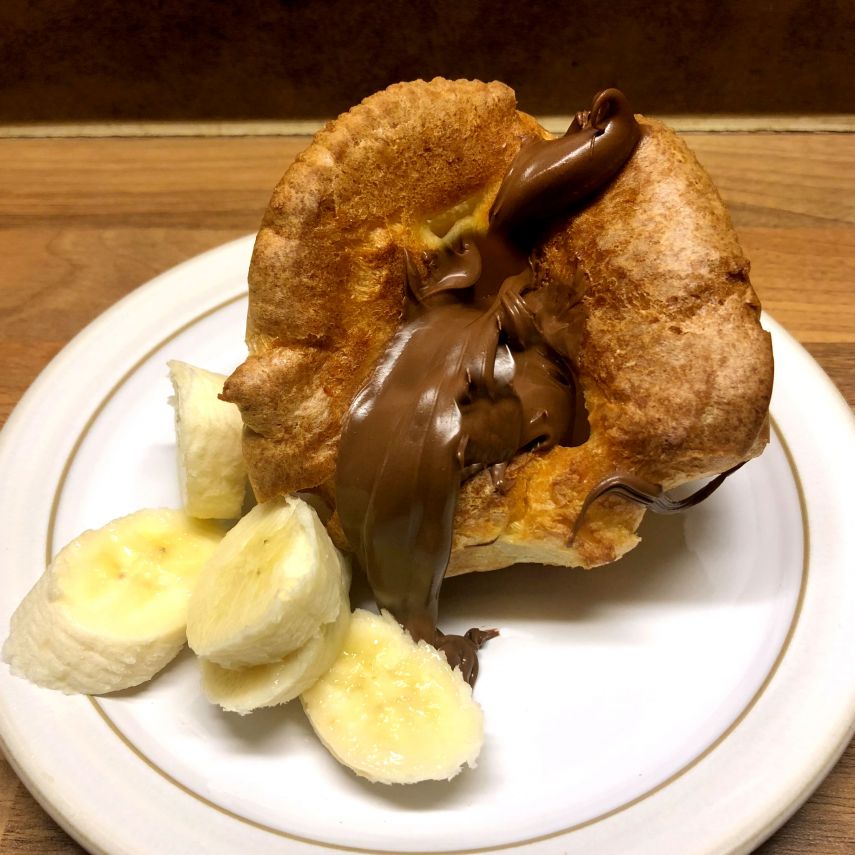
Or, and this is genius, bring on the bananas. Use bananas instead of sausages, and chocolate custard instead of gravy. Banana in the Hole. Yessss!
And while we’re talking chocolate, here’s an idea. Think about how much you love profiteroles. (What’s the point in denying it?). Next time you make them use Yorkshire Pudding batter instead of Choux Pastry.
It’s limitless really. Such is the importance of the Yorkshire Pudding there is now a Yorkshire Pudding Day. #YorkshirePudding Day (There’s a separate one for the USA. See how important it is?!).
Inevitably the scientists have got involved. So essential to our society is The Yorkshire Pudding that there are stipulations. In 2008 the Royal Society of Chemistry decreed that a ‘Yorkshire Pudding isn’t a Yorkshire Pudding if it is less than four inches tall’.
As we said. All rise for The Yorkshire Pudding.
-
16th November 2018
Recently viewed
Springtime In Shetland Carpet
now from £40.99 per m²
Sevenoaks 1.2m Extending Dining Table
Now £1,179
Viners Glamour Table Knife
Now £2.40
Fusion Long Fine Grater
Price £6.99
